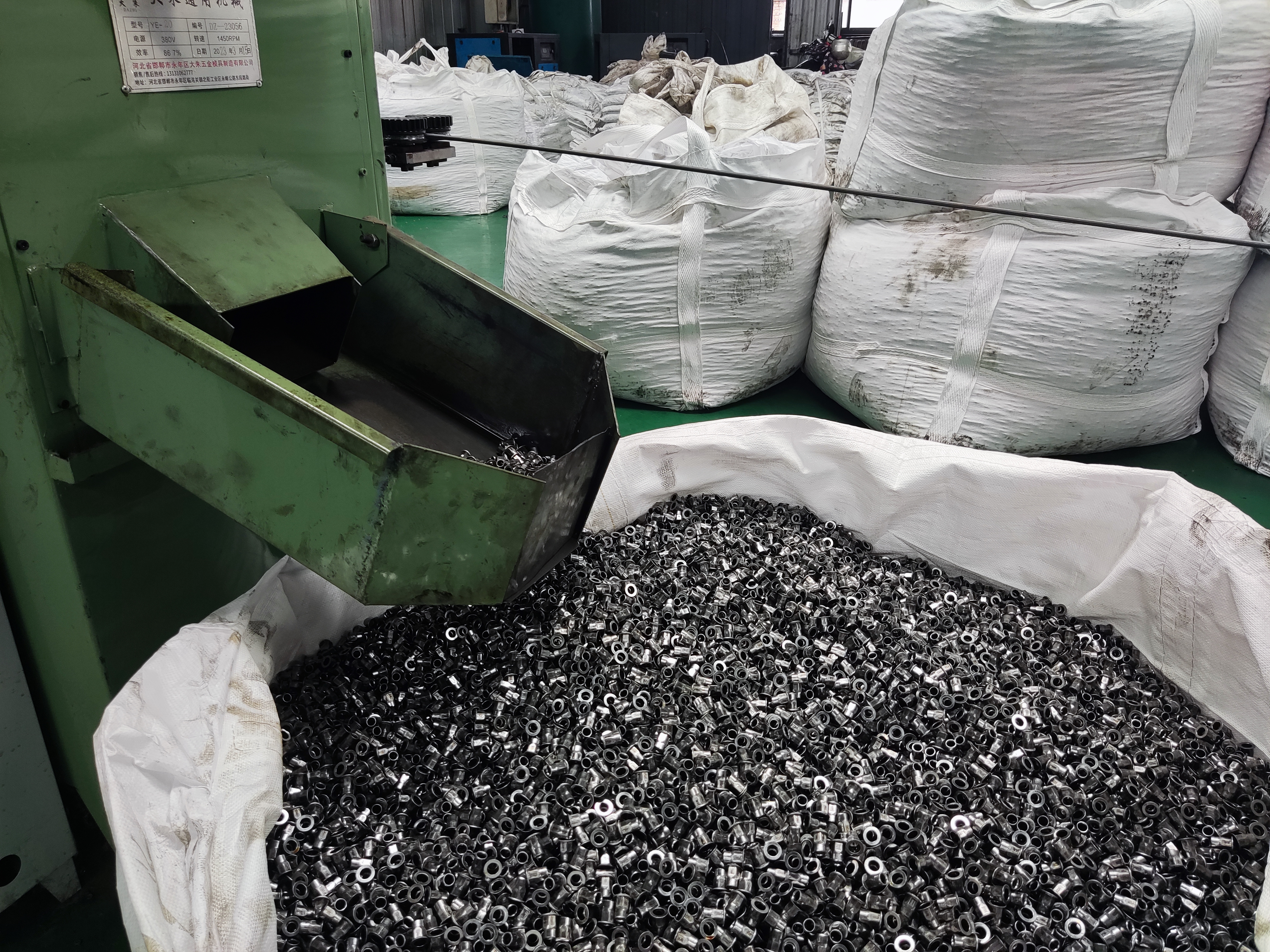Blind rivet nuts were first called rivet nuts and were born in 1937. With the rapid development of the automobile industry and other industries after World War II, the application of sheet metal became more and more widespread. In the 1960s, the application of rivet nuts gradually increased. Europe, especially Italy and France, Rivet nuts are at the forefront in processing and application. They were introduced to China in the 1990s, but were only used in small quantities in certain fields. In the 21st century, Handan wodecy Co., Ltd. began to focus on the R&D and manufacturing of rivet nuts.
Rivet nuts are known as “the gospel of thin plate connection technology” in foreign countries. In China, they are also called blind rivet nuts, pull caps, and pull nuts. Blind rivet nuts can be divided into flat head blind rivet nuts, countersunk head blind rivet nuts, and reduced head blind rivet nuts. inner hex blind rivet nuts, half-hexagonal blind rivet nuts, etc. Main materials used: steel, aluminum, copper, stainless steel, etc., widely used in sheet metal, thin plates, chassis cabinets and other fields, as well as in the fastening fields of various metal sheets, pipes and other manufacturing industries. Currently widely used in automobiles, aviation , railways, refrigeration, elevators, switches, instruments, furniture, decoration and other electromechanical and light industrial products assembly. It was developed to solve the shortcomings of welding nuts of metal sheets and thin tubes that are easy to melt and threads that are easy to slip when tapping internal threads. It does not require tapping internal threads or welding nuts.
Blind rivet nuts are a type of fastener product used on sheet metal or chassis and cabinets, with shapes such as strips, hexagons, and smooth circles. Blind rivet nuts are suitable for fastening plates and pipes (0.5MM-6MM) of various thicknesses. Using a pneumatic or manual rivet gun can rivet in one step, which is convenient and firm; it replaces the traditional welding nut and makes up for the shortcomings of thin metal plates and thin tubes that are easy to weld and the welding nut is not smooth.
Compared with most carbon steel galvanized rivet nuts on the market, FIXPAL stainless steel rivet nuts have obvious advantages, such as rust resistance, corrosion resistance, high riveting efficiency, and ease of use. Rivet nuts are mostly used for anti-corrosion requirements. Higher places. The stainless steel blind rivet nuts produced by Kunhou Precision are low in price, good in quality and fast in delivery. Commonly used stainless steel blind rivet nuts are available from stock.
The principle that the blind rivet nut can be locked after riveting is achieved by applying pressure to the rivet gun to deform and lock it. The editor will explain it in detail below:
Insert the blind rivet nut into the pre-drilled hole on the workpiece, and then use the rivet gun to apply a force (reaction force) from the inside to the outside. As the force acts, the deformed part on the rod diameter of the blind rivet nut will Deformation occurs, thereby tightly locking on the workpiece, achieving a fastening and locking effect. Blind rivet nuts are a combination of the working principles of blind rivets and welding nuts. They can either directly rivet two plates unilaterally or be used together with external screws.
Post time: Oct-25-2023





